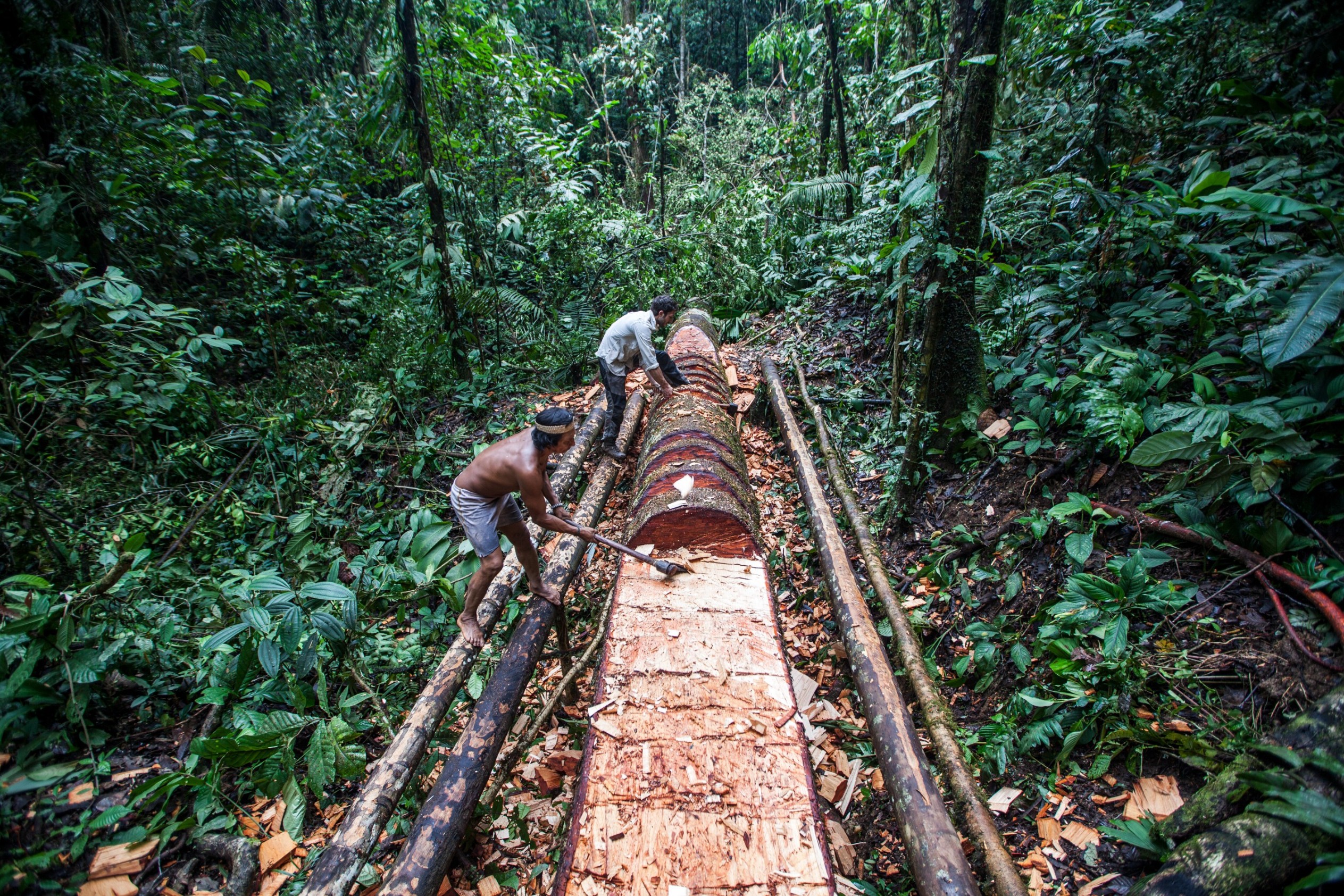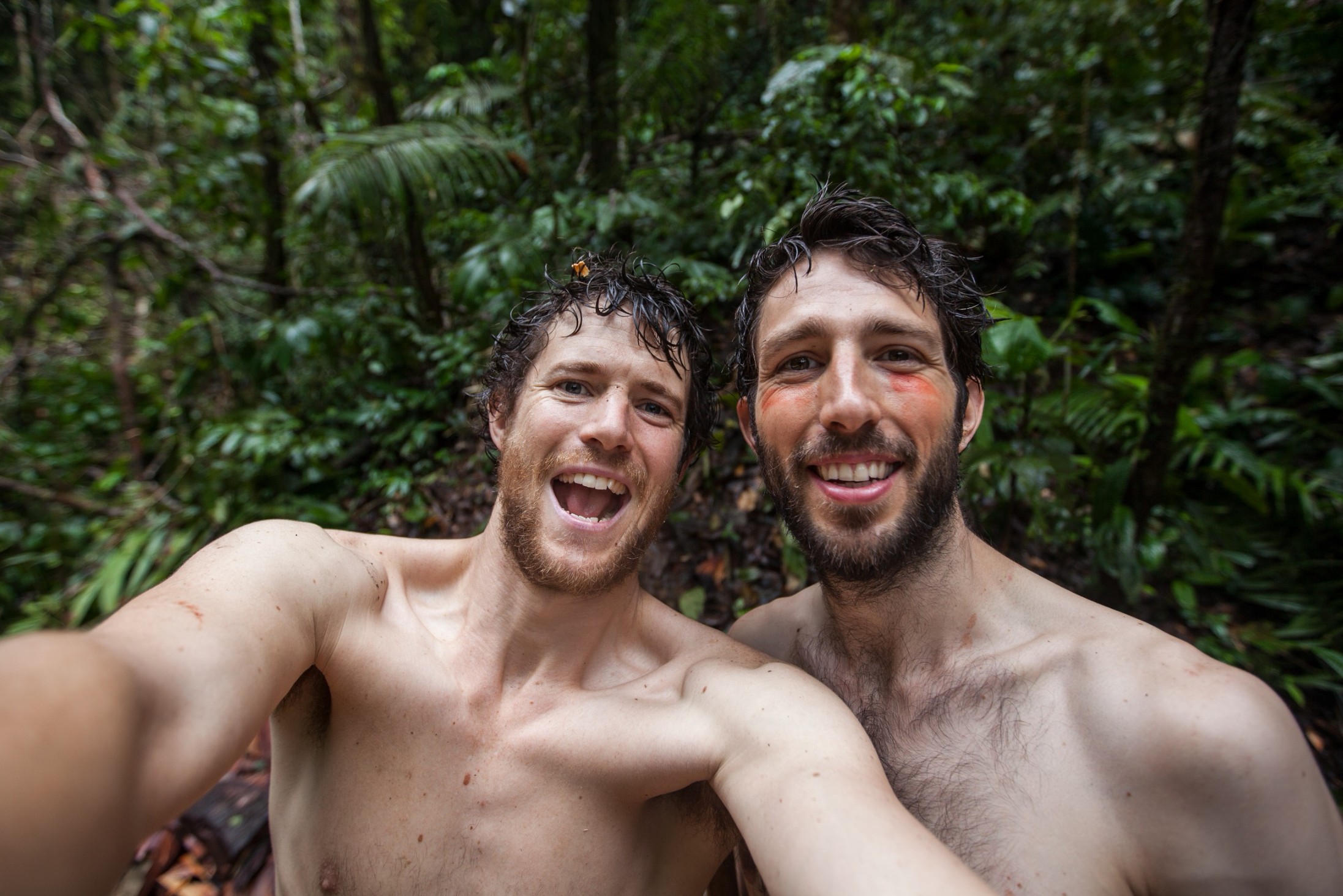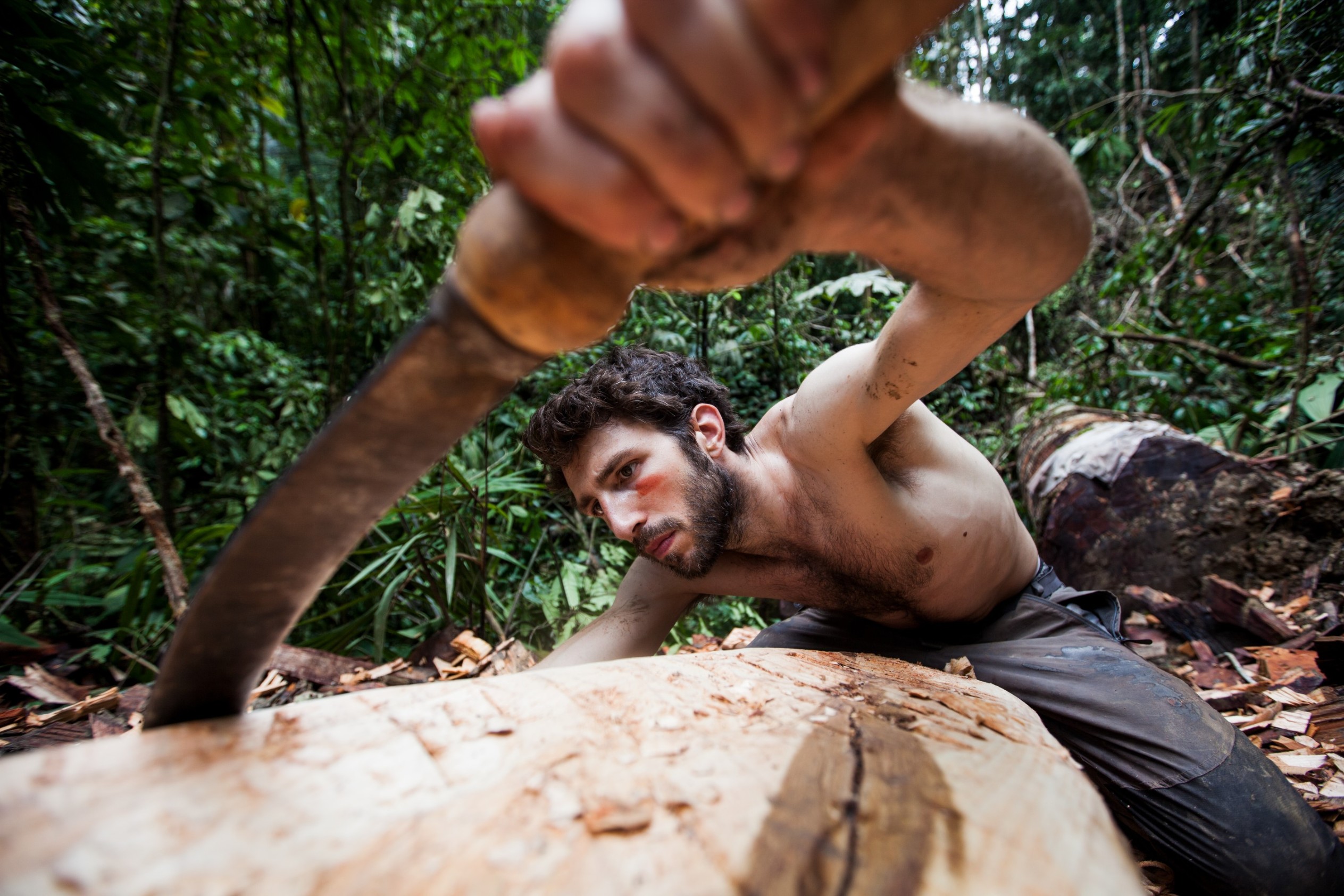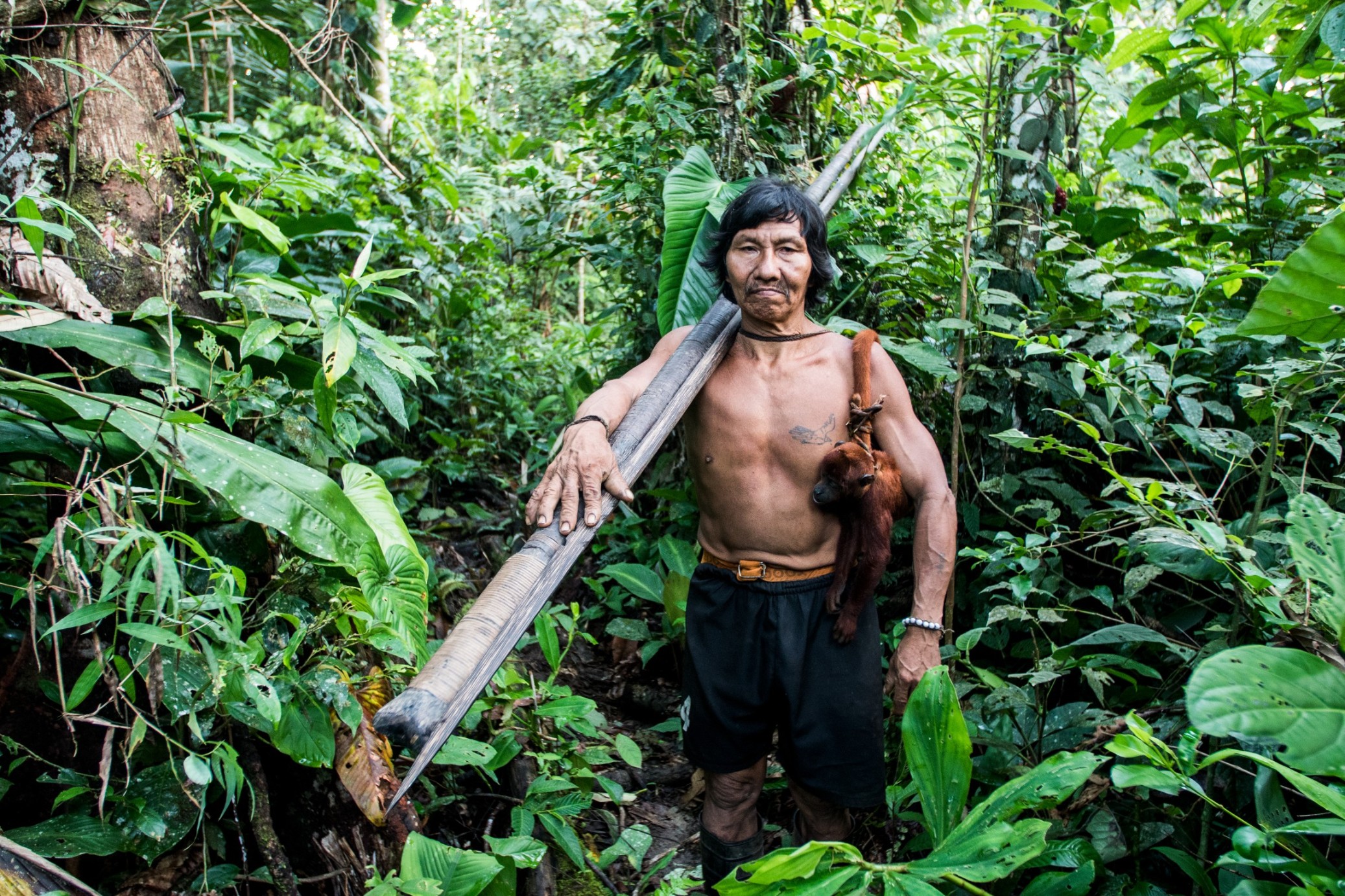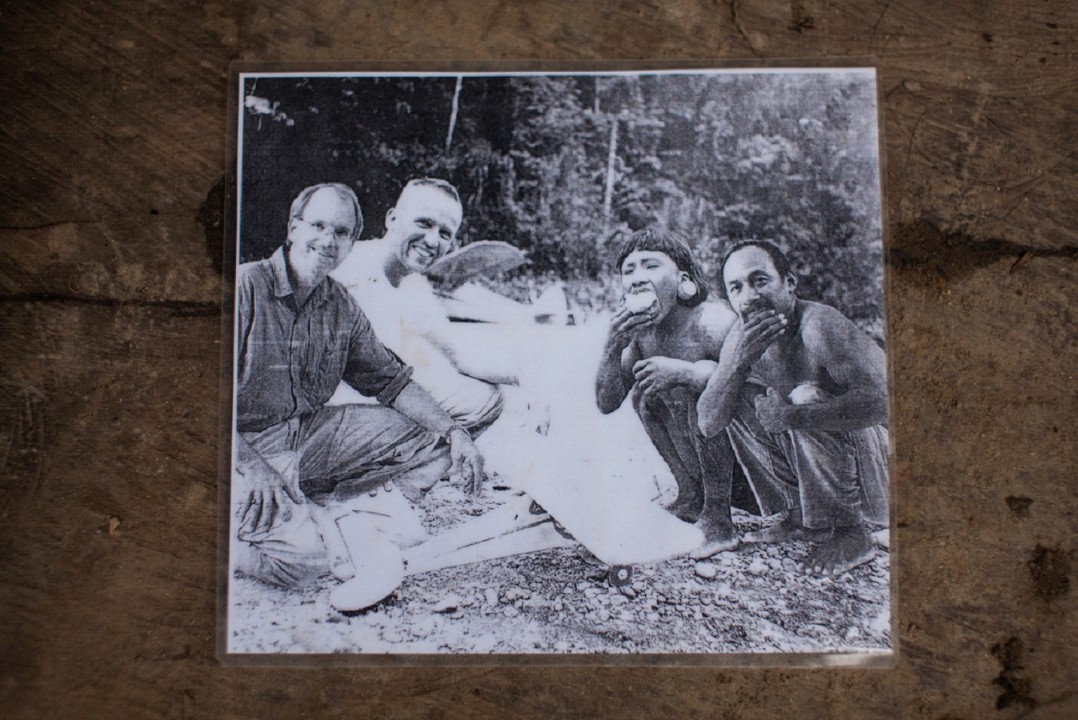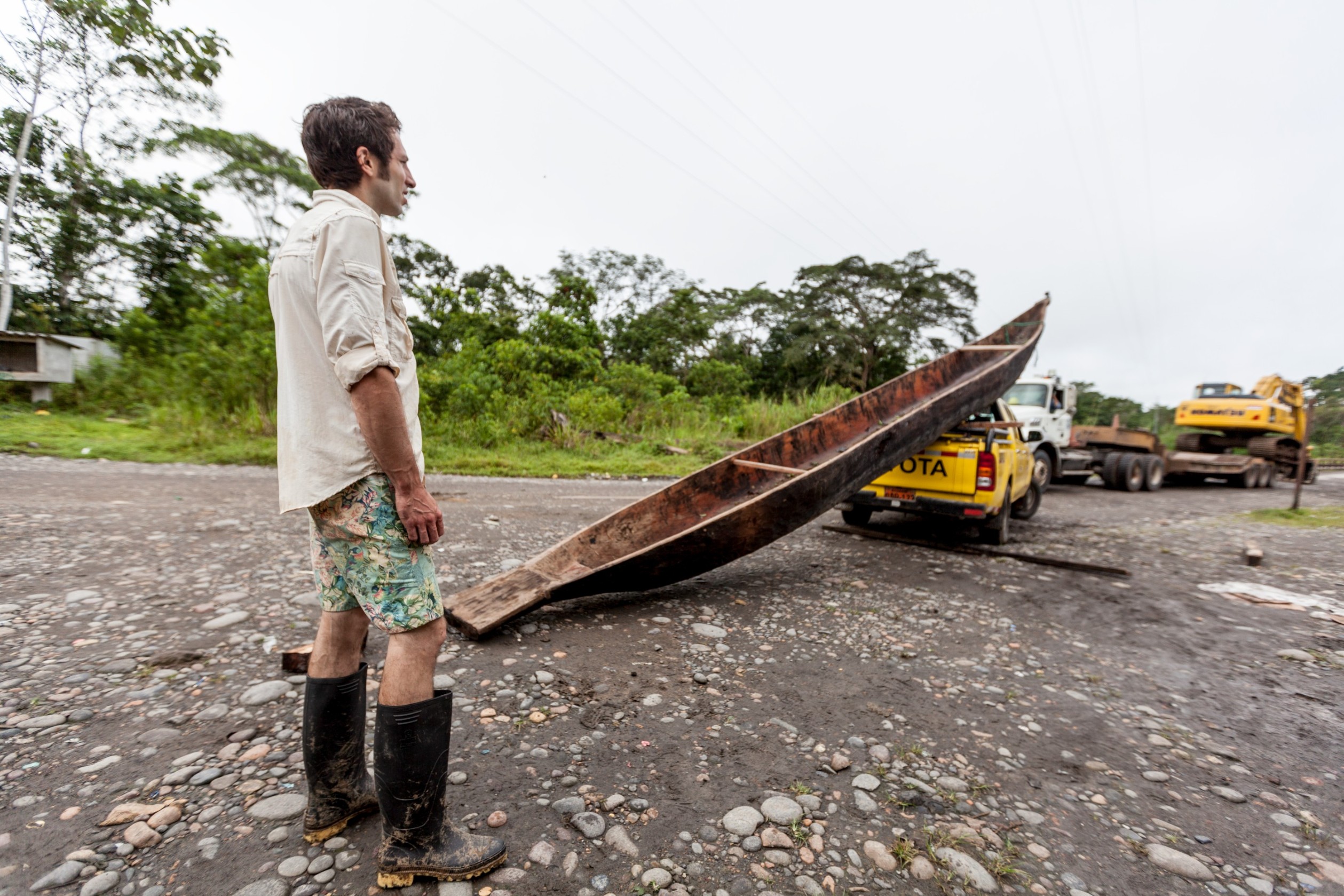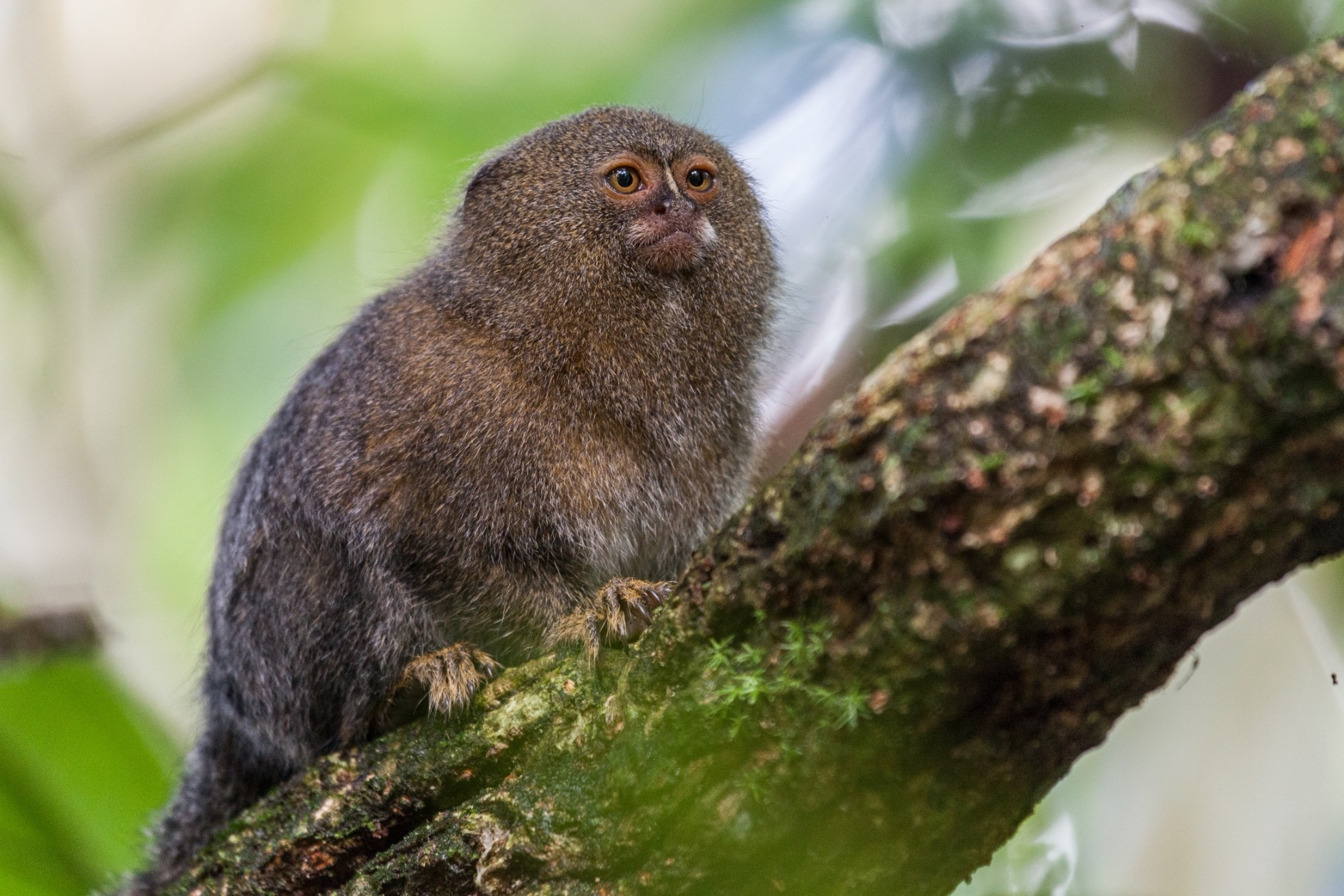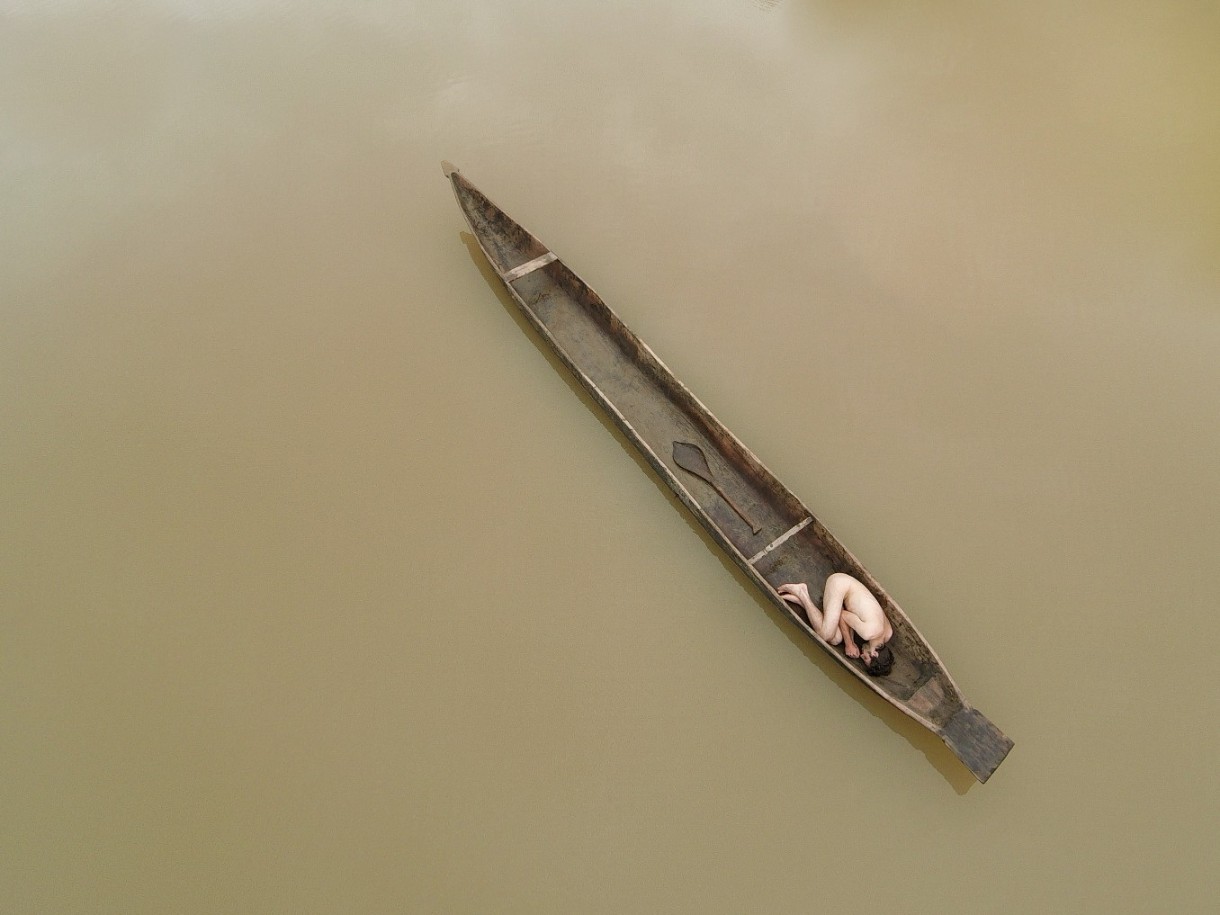‘The Intangible Zone’ is an area of 700,000 hectares of the Amazon rainforest set aside for indigenous communities that don’t want contact with the outside world. To any adventurer this might sounds like the holy grail of modern day travel at first glance; a chance to step back into the glory days of Victorian explorers.
It isn’t until you get out there that you realise the reality is very different.
“We would wake when it got light and go to bed when it was dark. Work in the jungle became our job, our gym, our daily life”
When it comes to navigating a river that dissects and traverses the zone, how do you know where it’s safe? More importantly, how do those uncontacted tribes know? What do lines drawn on a map mean to them, tribes that for thousands of years have been living nomadic and self sufficient lifestyles deep in the jungle.
To put boundaries around that lifestyle would be such an alien concept. How was it decided? How do you decide how much space people need?
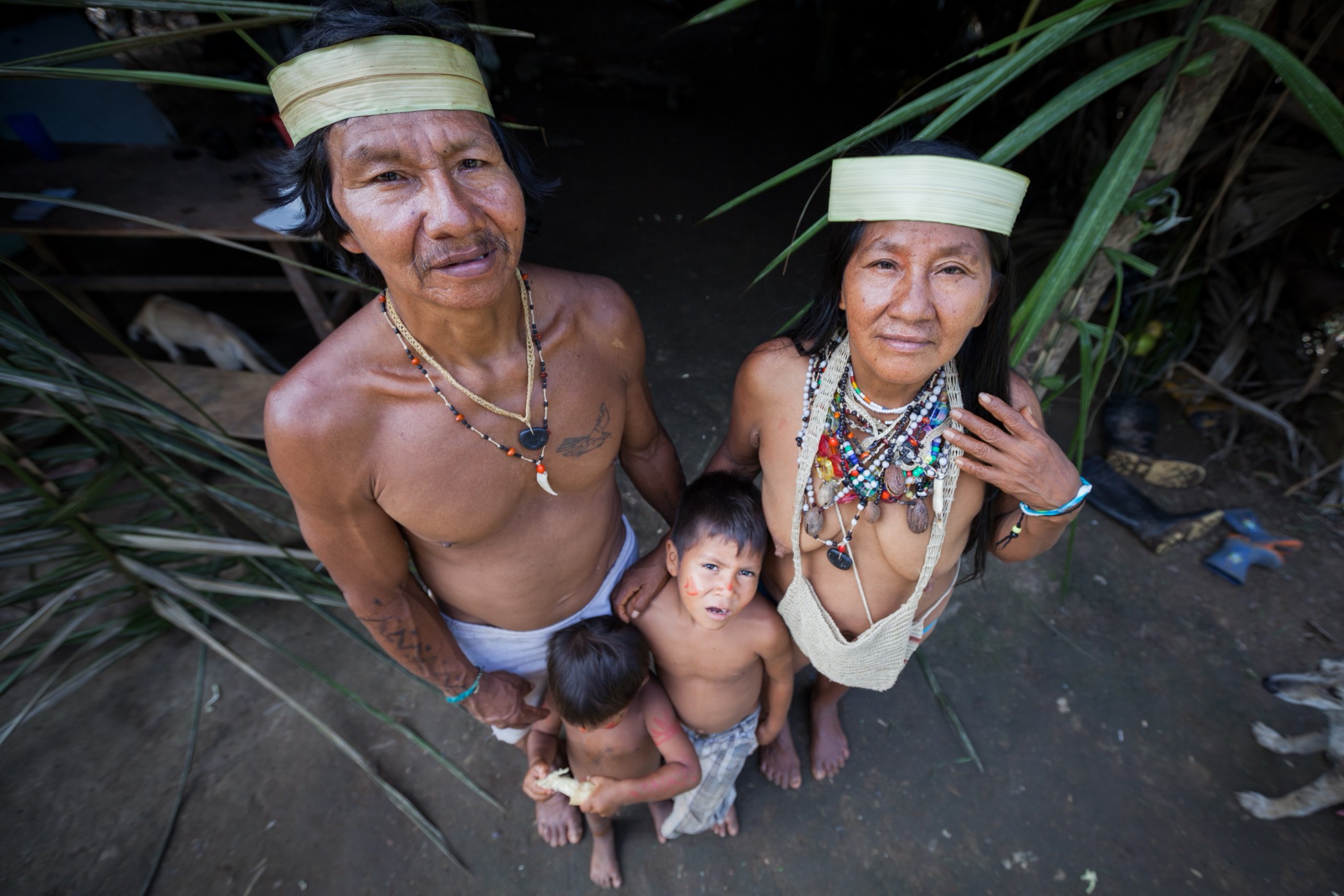
Over the past ten years, my best friend James Trundle and I have been on several silly adventures together, doing things like pulling a sofa 100 miles across southern England, nearly killing ourselves sleeping in a snow hole in Italy, and ‘swimming’ the length of a knee-deep river in Dorset.
For our next trip we wanted to do something a little bigger, but also something that would involve actually spending time within a new community, while playing to our strengths and shared love of craftsmanship.
Dugout canoes are some of the oldest forms of transport in the world, their history stretching back over 8000 years. A canoe seemed like the ideal thing to try to make and then take on a journey.
We just had to find a place to make one.
